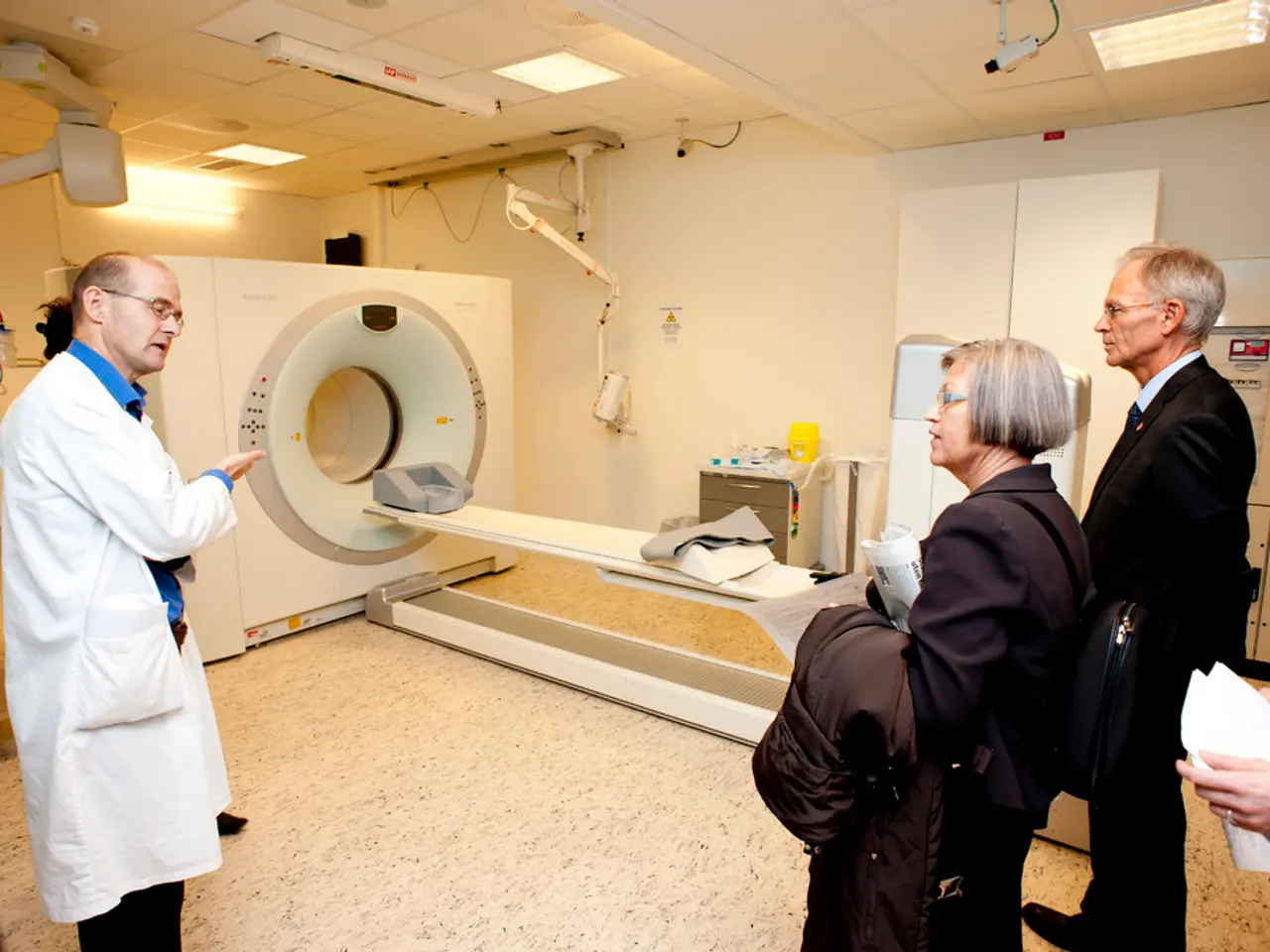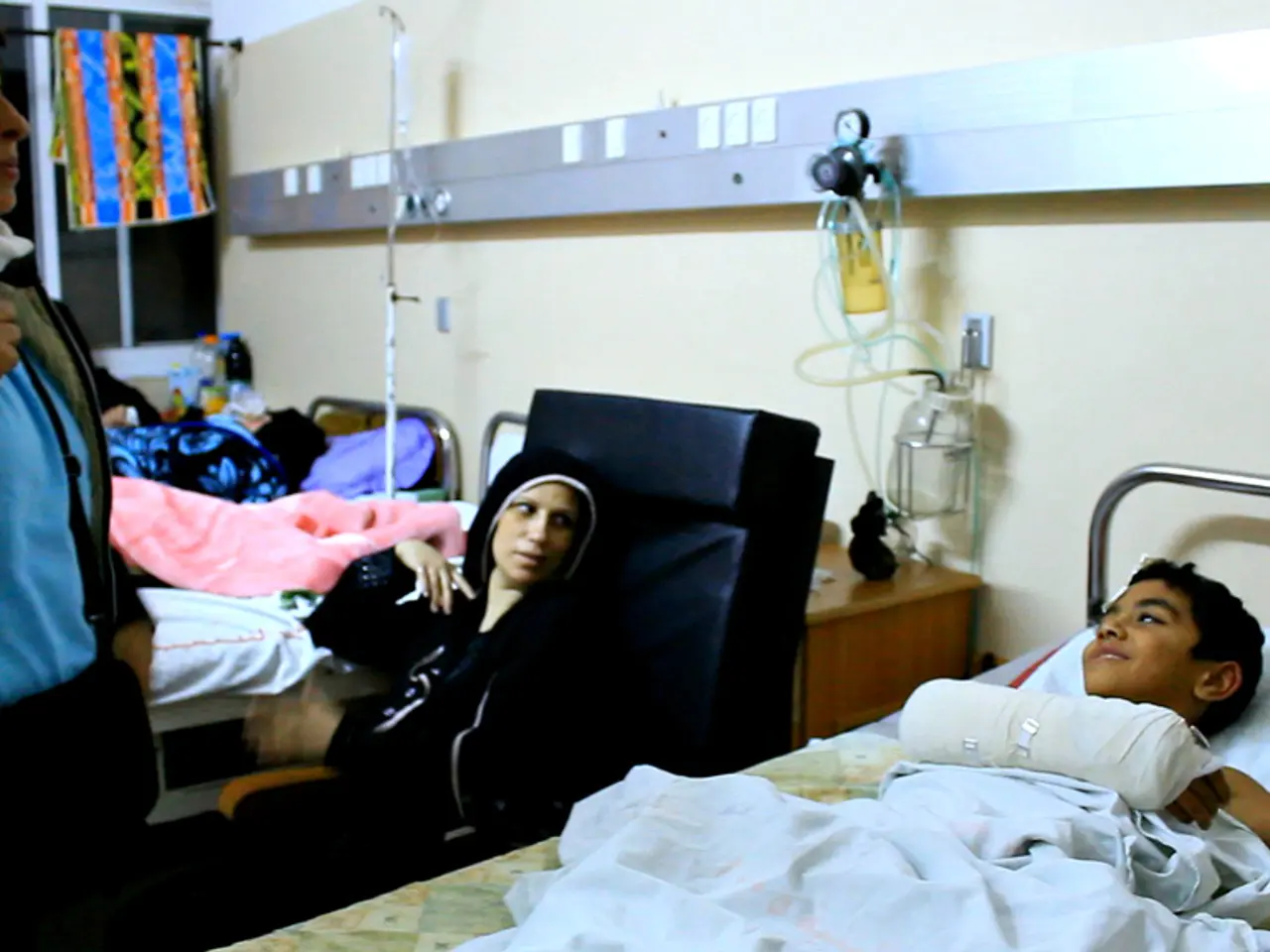EU-backed initiative to combat jaw disease using cutting-edge biomaterials, with a funding of €8.6 million
The GreenNanoBone project, an 8.6 million EUR EU-funded research initiative led by the University of Liverpool, is making waves in the medical community with its innovative approach to addressing a significant health concern: medication-related osteonecrosis of the jaw (MRONJ).
This project brings together 18 partners across Europe, spanning disciplines from chemistry and biology to clinical research, social science, and health economics. The objective is to create biocompatible, bioactive, and antimicrobial 4D biomaterials from plant-based nanoparticles, such as those sourced from residual potato pulp and other plant-based waste from the food industry.
At the heart of the project are these 4D hydrogels, which can be injected or 3D-printed directly into affected areas. These biomaterials, sustainably sourced from agricultural waste, are designed to foster bone and tissue regeneration, helping to prevent and treat MRONJ.
The project supports Europe's Green Transition with a "design for circularity" approach that promotes clean, scalable medical production methods. By leveraging plant-based waste, the project reduces environmental impact, utilising materials that would otherwise be discarded.
Part of the project involves developing enzymatically modified pectin, a component found in plant cell walls, for biomedical applications in bone and tissue regeneration. This innovative approach offers a new way to treat MRONJ, beyond the current limitations of long-term antibiotics that can contribute to the development of antimicrobial resistance.
Beyond treating MRONJ, this platform has the potential to benefit patients with osteoporosis and complex bone fractures. As cancer survival rates improve, the number of people affected by MRONJ is expected to rise, making this project's work increasingly important.
Dr Katarzyna Gurzawska-Comis, from the University of Liverpool's School of Dentistry and project coordinator, stated that GreenNanoBone aims to address an urgent clinical need while rethinking sustainable and socially responsible medical solution development.
While the project's focus on advanced biomaterials suggests that any AI involvement would likely be in optimising the design, production, or application of these materials, specific details about AI integration are not provided in the available information.
The GreenNanoBone project offers a promising approach by using sustainable plant-based materials to develop innovative treatments for MRONJ, enhancing patient outcomes and reducing healthcare costs associated with this condition. Aligning with multiple strategic clusters of Horizon Europe, including Cluster 1: Health - Addressing unmet medical needs in oncology, Cluster 5: Climate, Energy, and Mobility, and Cluster 6: Food, Bioeconomy, Natural Resources, and Environment, this project is a significant step towards a greener and more sustainable future in healthcare.
- The GreenNanoBone project, with its focus on digital health, aims to address medication-related osteonecrosis of the jaw (MRONJ) by creating biocompatible, bioactive, and antimicrobial 4D biomaterials from plant-based nanoparticles, such as those sourced from residual potato pulp and other plant-based waste from the food industry.
- By leveraging environmental-science and adopting a "design for circularity" approach, the project supports Europe's Green Transition, reducing environmental impact by utilizing medical plastics derived from agricultural waste.
- The innovative approach of GreenNanoBone, which includes developing enzymatically modified pectin for biomedical applications in bone and tissue regeneration, could potentially benefit patients with medical-conditions such as osteoporosis and complex bone fractures.
- As the number of people affected by MRONJ is expected to rise due to improving cancer survival rates, this project's work in health-and-wellness remains increasingly important.
- Aligning with strategic clusters of Horizon Europe, including Health, Climate, Energy, Mobility, Food, Bioeconomy, Natural Resources, and Environment, the GreenNanoBone project's artificial-intelligence integration, though not detailed in the available information, potentially lies in optimizing the design, production, or application of the innovative biomaterials it develops.




